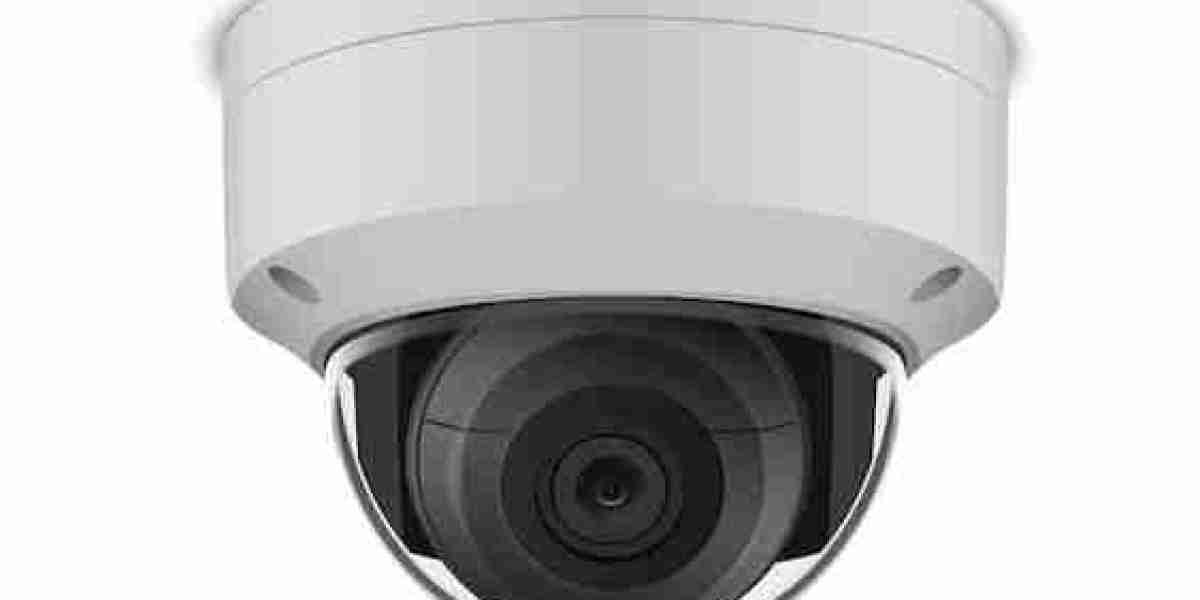Surveillance Cameras: Enhancing Security and Monitoring
Surveillance cameras have become an essential component of security systems in various settings, including homes, businesses, public spaces, and government facilities. These cameras serve a multitude of purposes, from deterring crime and monitoring activities to gathering evidence and enhancing safety. This article explores the key features, benefits, types, challenges, and future trends of surveillance cameras.
Purpose and Benefits
Crime Deterrence: The mere presence of surveillance cameras can deter potential criminals from committing theft, vandalism, or other illegal activities. Knowing they are being watched often encourages individuals to behave more cautiously.
Monitoring and Recording: Surveillance cameras provide continuous monitoring and recording of activities in designated areas. This capability allows businesses and homeowners to keep an eye on their property, ensuring safety and security.
Evidence Collection: In the event of a crime or incident, recorded footage from surveillance cameras can serve as valuable evidence for investigations. This can assist law enforcement in identifying suspects and understanding the sequence of events.
Safety and Emergency Response: Surveillance cameras enhance safety by monitoring environments such as schools, parks, and public transportation systems. They can help identify emergencies or dangerous situations, enabling a quick response from authorities.
Remote Monitoring: Many modern surveillance systems offer remote access through mobile applications, allowing users to view live footage from their smartphones or computers. This feature provides peace of mind and the ability to respond promptly to any unusual activities.
Types of Surveillance Cameras
CCTV Cameras: Closed-circuit television (CCTV) cameras are one of the most common types of surveillance cameras. They are typically used for monitoring specific areas and can be either analog or digital, providing a range of resolution options.
IP Cameras: Internet Protocol (IP) cameras connect to a network, allowing for higher resolution images and more advanced features. They can transmit video data over the internet, enabling remote access and monitoring.
Dome Cameras: Dome cameras are designed for discreet surveillance. They can be mounted on ceilings and are often used in retail and commercial spaces to monitor large areas without being obtrusive.
PTZ Cameras: Pan-Tilt-Zoom (PTZ) cameras can be remotely controlled to pan, tilt, and zoom in on specific areas. This functionality allows for comprehensive monitoring of larger spaces and detailed observation of specific events.
Wireless Cameras: Wireless surveillance cameras eliminate the need for extensive wiring, making installation easier. They can transmit video over Wi-Fi, offering flexibility in camera placement and remote access options.
Hidden Cameras: Also known as spy cameras, hidden cameras are designed to be discreet and are often used for covert monitoring. Their use raises ethical and legal considerations that must be addressed.
Challenges and Considerations
While surveillance cameras offer numerous benefits, there are also challenges and considerations to keep in mind:
Privacy Concerns: The use of surveillance cameras raises important questions about privacy. Individuals may feel uncomfortable being monitored, leading to debates about the ethics of surveillance in public and private spaces.
Legal Regulations: Various laws and regulations govern the use of surveillance cameras, including requirements for notification and data protection. Organizations must ensure compliance with these laws to avoid legal issues.
Cybersecurity Risks: As surveillance cameras increasingly connect to the internet, they may become vulnerable to hacking and unauthorized access. Implementing robust cybersecurity measures is crucial to protect sensitive footage.
Maintenance and Reliability: Surveillance systems require regular maintenance to ensure they operate effectively. Poorly maintained cameras can lead to gaps in security coverage and reduce the overall effectiveness of the system.
Future Trends in Surveillance Technology
The landscape of surveillance cameras is rapidly evolving, with several trends shaping their future:
Artificial Intelligence: The integration of AI technology into surveillance systems enables advanced features such as facial recognition, behavior analysis, and automated alerts, enhancing the overall effectiveness of monitoring.
Cloud-Based Solutions: Cloud storage options are becoming increasingly popular, allowing users to store and access footage securely offsite. This eliminates concerns about local storage limitations and provides easier access to historical data.
Enhanced Integration: Future surveillance systems will likely integrate more seamlessly with other security technologies, such as alarms, access control systems, and smart home devices, creating comprehensive security solutions.
Focus on Data Protection: With growing concerns about privacy and data security, there will be increased emphasis on developing surveillance systems that prioritize data protection and comply with privacy regulations.
Conclusion
Surveillance cameras play a vital role in enhancing security and monitoring activities in various settings. Their ability to deter crime, provide evidence, and improve safety makes them an invaluable asset for homes, businesses, and public spaces. As technology continues to advance, surveillance systems will evolve, offering more sophisticated features and addressing challenges related to privacy and cybersecurity. By staying informed about the latest trends and best practices, users can effectively leverage surveillance cameras to create safer environments for all














